Illustrations of the uterus
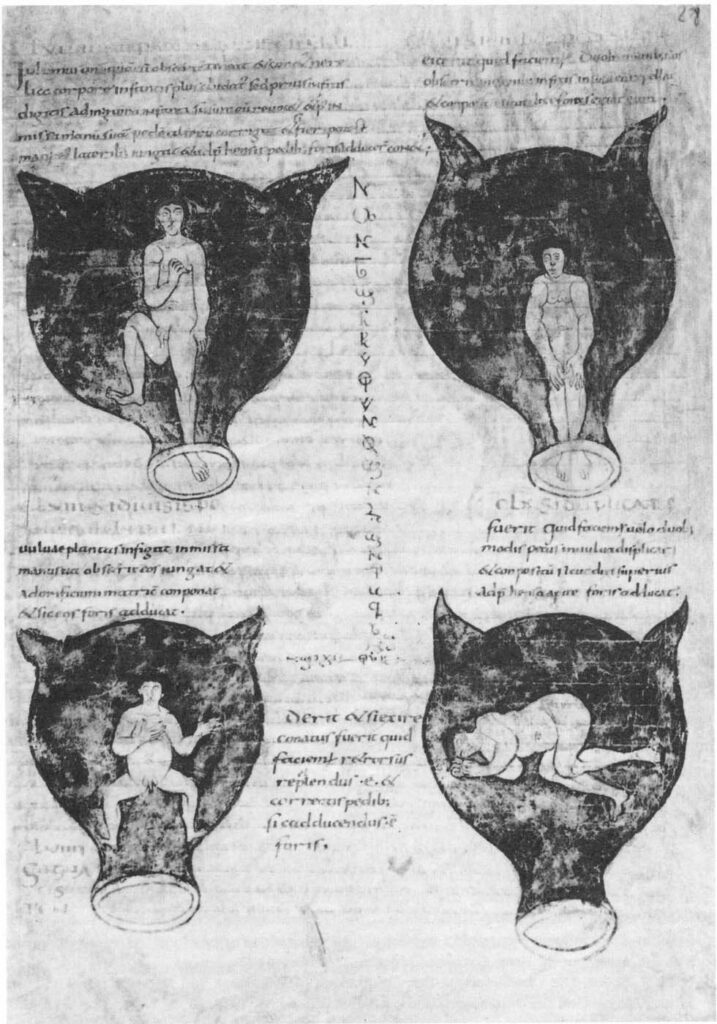
Illustrations of the uterus from Muscio’s epitome of Soranus’ Gynecology Brussels, Bibliothèque Royale MS 3714, fol. 28r; c. 900 CECC0 1.0 Universal (CC0 1.0) – These illustrations of various positions of the fetus in the womb accompany Muscio’s Late Antique Latin summary of Soranus’ 2nd century Greek work on gynecology. The 9th/10th century manuscript pictured […]
Terracotta anatomical votive; spiral coil ending in trefoil

Terracotta anatomical votive; spiral coil ending in trefoil. Tivoli/Lazio, 3rdC BC-1stC BC © The Trustees of the British Museum Museum Number 1899,0720.13 CC BY-NC-SA 4.0 – This terracotta votive nicely combines the clean volumetric rotundity of the belly with the coiled shape of the imagined innards (intestines? the uterus? the spiral image as an abstract […]
Terracotta anatomical votive
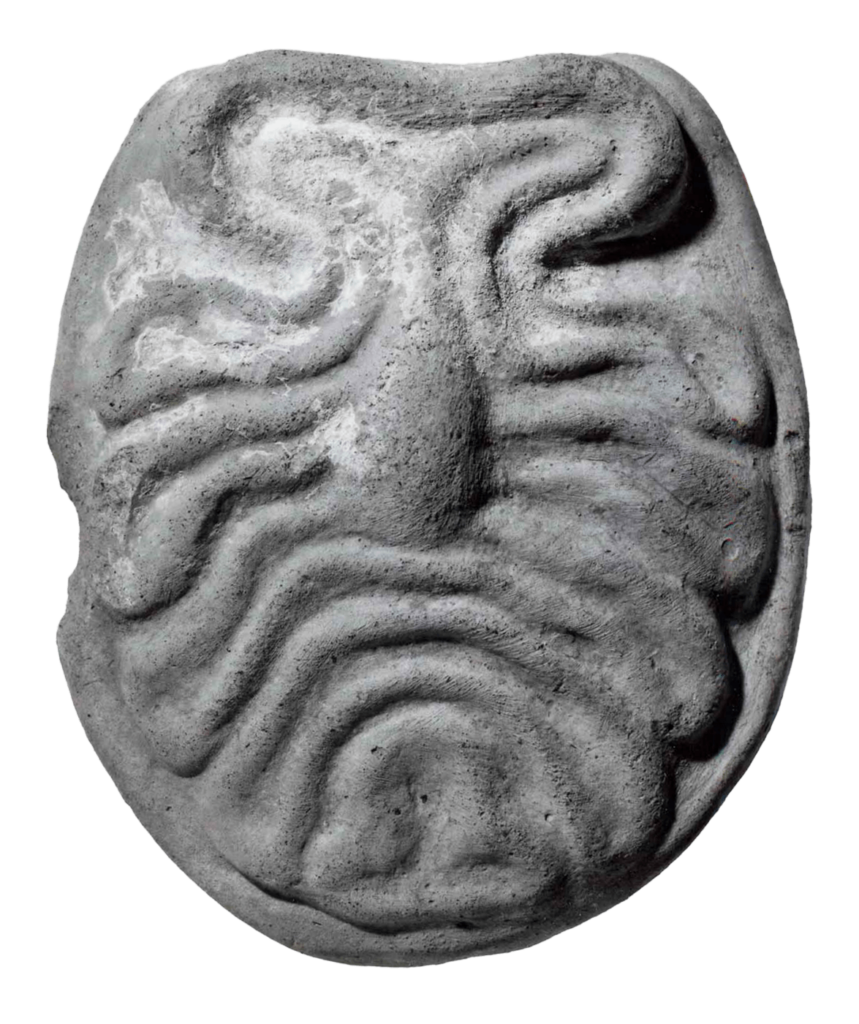
Terracotta anatomical votive 3rdC BC-1stC BC © The Trustees of the British Museum, Museum Number 1839,0214.51CC BY-NC-SA 4.0 – This image represents an inner part; some of the features, such as the ribs and wrinkles and the central globe, point to a womb as an ‘empty sack’, a container ready to receive the embryo; on […]
Apollo the Python-Slayer or Cleveland Apollo
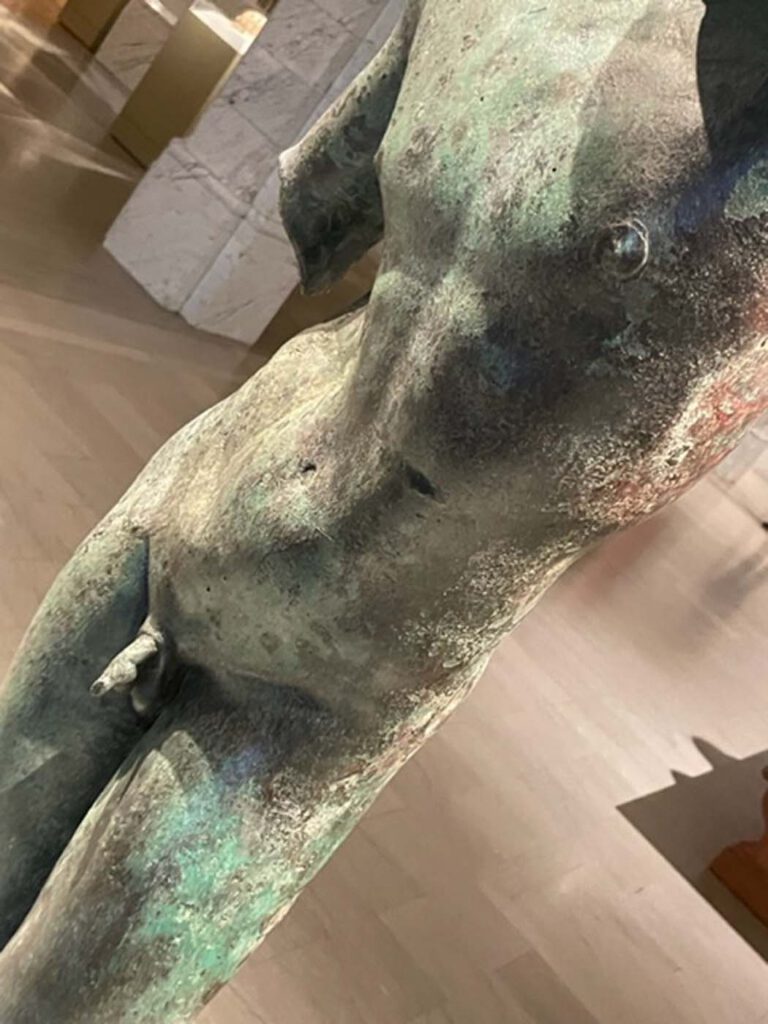
Apollo the Python-Slayer or Cleveland Apollo Hellenistic (?) Courtesy of the Cleveland Museum of Art. Museum Number 1839,0214.51 – The celebrated Cleveland Apollo is one of the most famous works attributed to the fourth-century Attic sculptor Praxiteles. Many later marble copies survive, but this bronze classical piece came to public attention only in 2004 when […]
Grotesque figurine
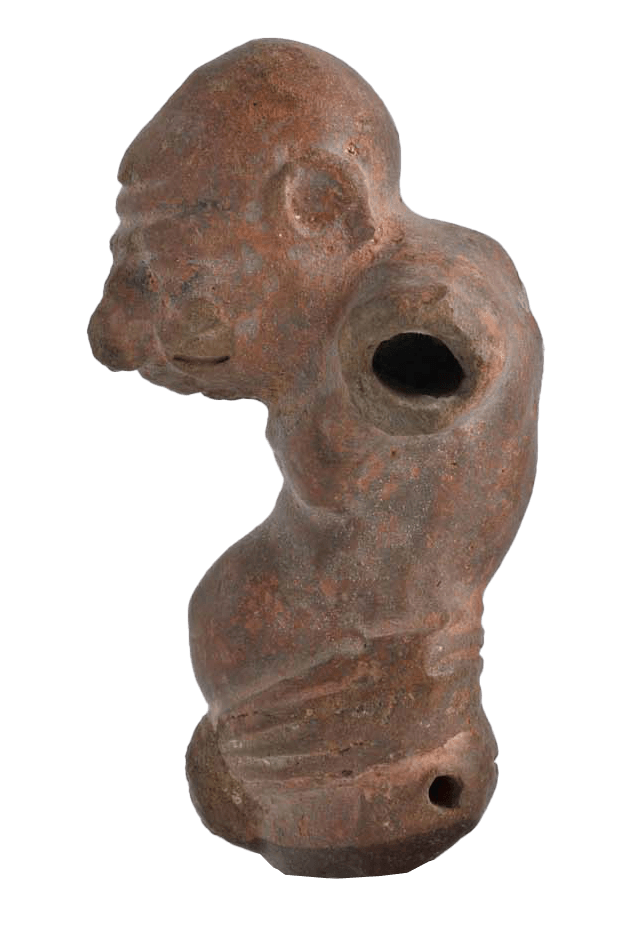
Grotesque terracotta figurine 3rd century BCE–3rd century CE (?) © 2023, Benaki Museum, Athens. Benaki Museum inv. No 12793 – This Hellenistic terracotta, part of the Benaki Museum collection in Athens, depicts with hyper-realistic traits an old, and/or ‘disabled’ man with a protruding pot belly, achieving a grotesque effect and signalling a pathology while offering […]
Marble tombstone of an Athenian physician

Athens, 2nd century CE
Canopic Jar Representing the Deity Qebehsenuef

Canopic Jar Representing the Deity Qebehsenuef Photo: Metropolitan Museum of Art – During mummification, the internal organs (excluding the heart, which was generally left in place) were taken out of the body and placed in special containers known in Egyptology as canopic jars. Traditionally, the four canopic jars were connected to four mythological figures known […]
Wall scene from tomb of King Ramesses III
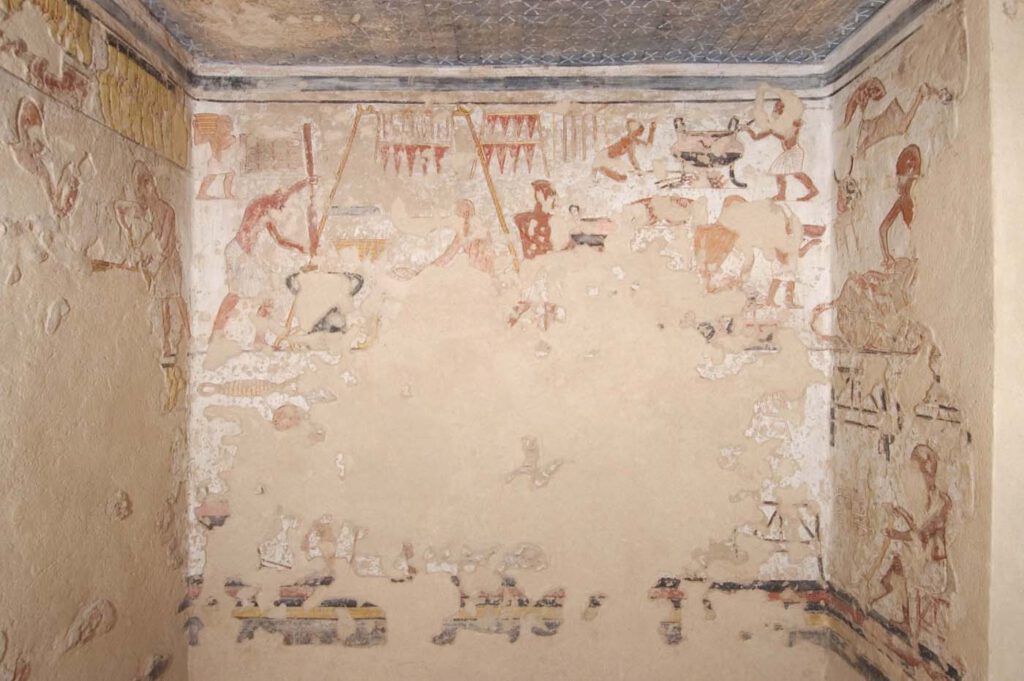
Wall scene from tomb of King Ramesses III (KV11) Photo: Matjaz Kacicnik, Theban Mapping Project – The fragmentary wall decoration of this chamber depicts butchery and cooking activities connected to the funeral or mortuary cult of the tomb’s royal owner. On the right wall a man is seen butchering a bound ox, while the back […]
Hieroglyph from the obelisk of Thutmose III

Hieroglyph from the obelisk of Thutmose III at the Constantinople Hippodrome Wikimedia Creative Commons (CC BY-NC-SA 4.0) – The hieroglyphic sign F46 depicts coiled intestines, abstracted to the point of forming a regular, oblong spiralling shape. As with other internal organs used in Egyptian iconography, the intestines depicted are almost certainly those of an animal, […]
